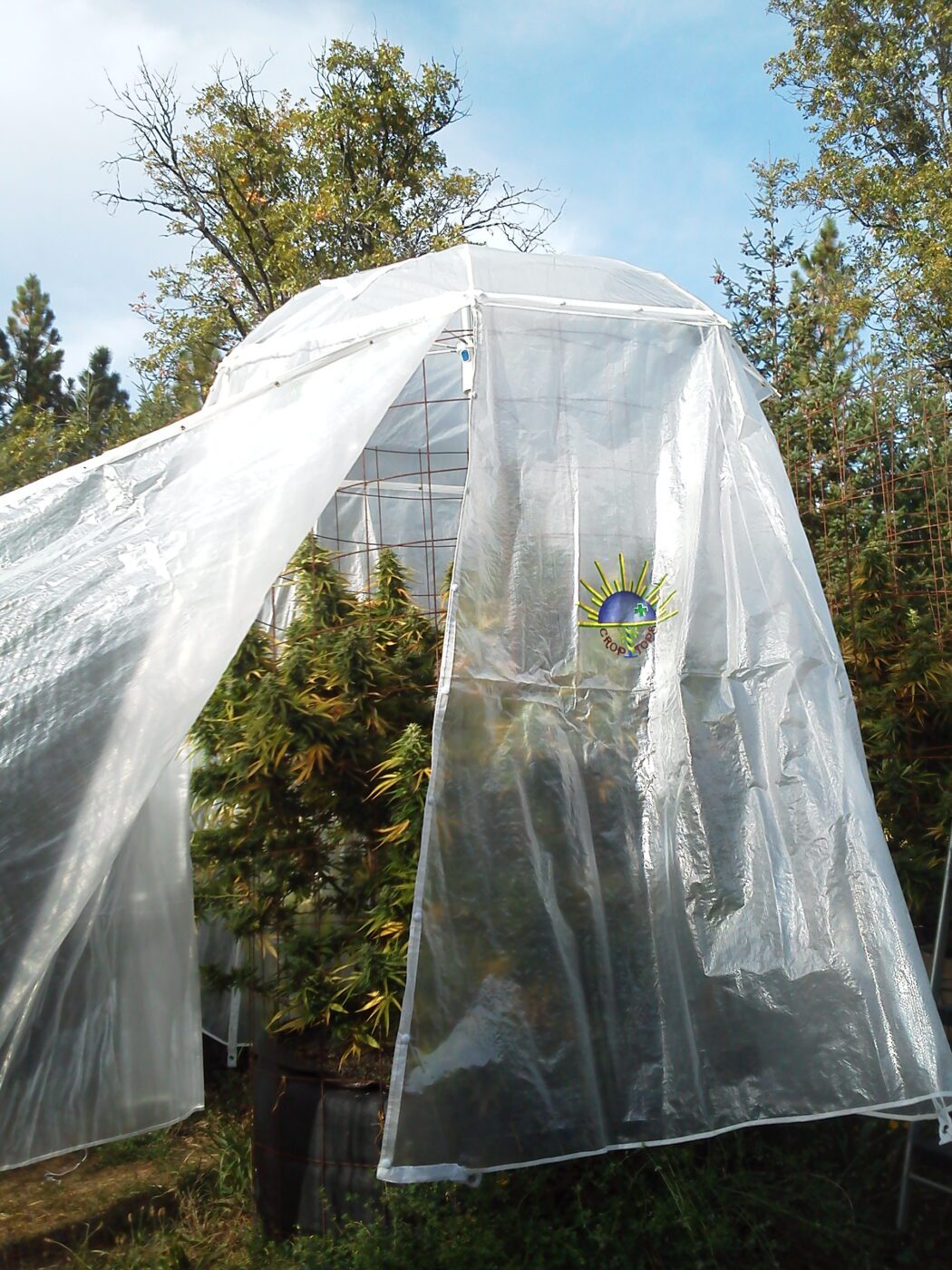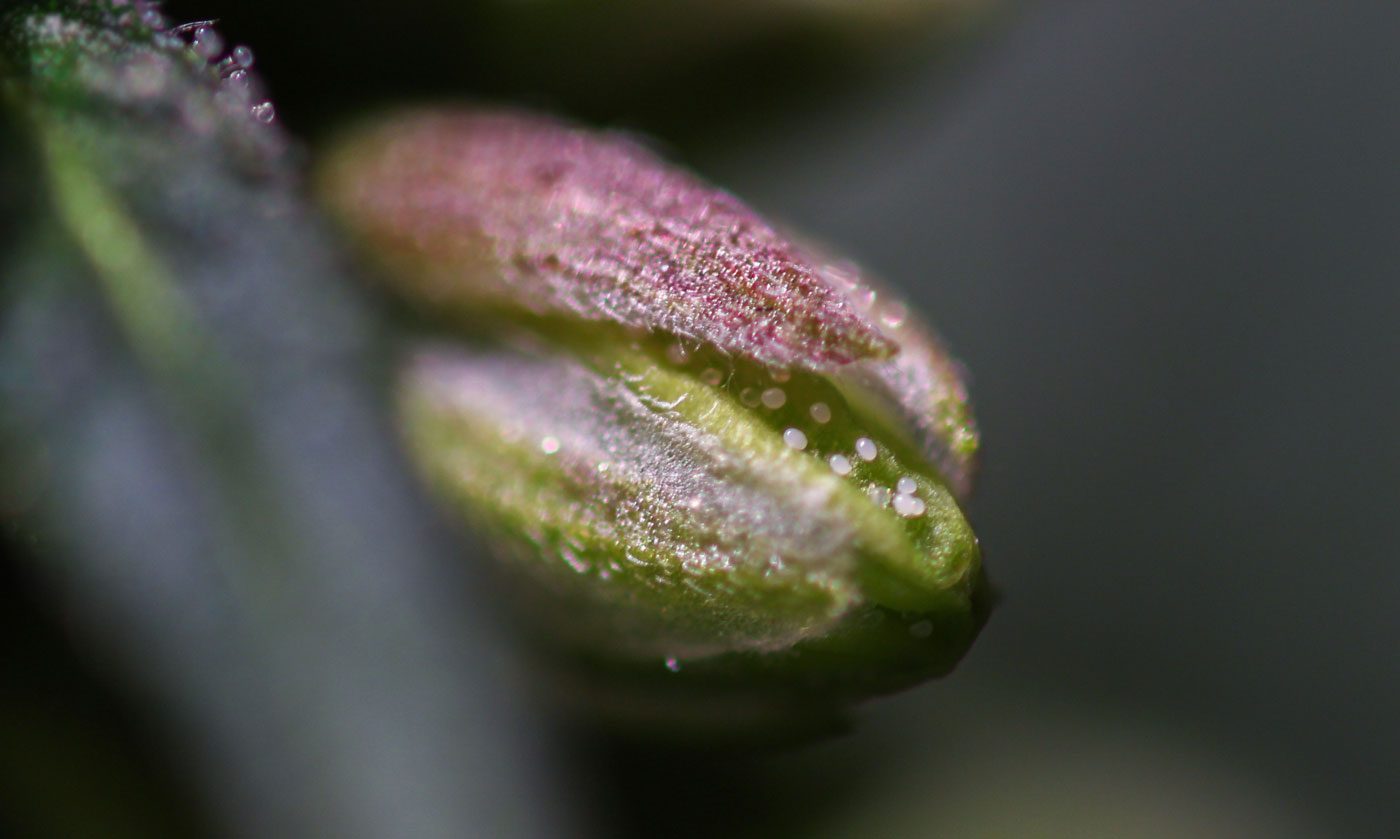All things are put on this Earth for one primary, instinctual purpose — to procreate and carry on our unique genetics. Quite literally, weed has a need to breed, and in this reborn era of seed start cultivation, it is important to understand the basics of how these plants “hook up.”
To start, cannabis has been manipulated since the 1970s to grow in its virgin form, absent of males, with what the culture calls “seedless” or sinsemilla. The lack of males within crops forces the female plant to increase its phytocannabinoids (THC, CBD, CBN, etc.) as a hormonal response to attempting to attract a suitor. This selective cultivation technique also causes responses such as increased terpenes and flavonoids, just like perfumes in a nightclub, as each female plant is naturally attempting to be the sexiest it can be.
Without the proper training to identify which sex your plant identifies with or an investment into feminized seed stock, you could very well completely and unknowingly waste your time growing “boof” buds, with up to 60% less essential oils (cannabinoids). Who would want that?
Keep in mind, through lack of back-breeding and genetic makeup, it is possible to have what is called “a hermie” or unstable hermaphroditic cultivar, which exhibits both male and female characteristics. These facts speak to the importance of acquiring your seeds from a trusted source as well as how important it is to keep your crop from being pollinated by alien and unknown sources.

As is well known through many species, male finites of Cannabis plants are genetically well built; they are endowed with the ability to “get around” without hesitation. Under the correct circumstances, no date night or texting is needed for their successful “money shots,” with one single male flower producing more than 350,000 pollen grains, each one ready to create yet another offspring. A single male cultivar, having dozens of flowers on it, can translate into millions of pollen grains to be distributed to neighboring ladies that may be at the ready!
Pollen is one of the most amazing creations on our planet. It is one of only a few biological components that rarely decomposes. Pollen possesses an aerodynamic shape, designed to be caught by the wind, accompanied by microscopic spikes that assist in its attachment to the female stigma hairs. Pollen grains’ life expectancy can be determined by its epidermal layer, or the most external layer of its form. The outermost layer is known as the “exine” and provides an armor to protect the pollen from exposure to the elements for longer periods of time. The secondary layer is made up of cellulose and known as the “intine.” This helps control the temperatures of the potent male pollen grain’s nucleus. The combined strength of these two elements can clarify the range in which its new harem can be impregnated.
When the male plant hits puberty it can mean a lot more than zits and a bad attitude — its newly formed pollen sacs must be identified as early as possible to stop the potential cross-pollination of surrounding crops. Cannabis pollen is very heavy. The plant has historically used elevation to its advantage, growing taller, thicker, and faster in attempts to overgrow smaller, more petite female counterparts and thereby allowing the “love powder” to fall upon his girlfriends.
Having few vectors due to its stickiness while in bloom, Cannabis relies on wind to carry its lifeforce to nearby flowers. A male plant on average is able to pollinate over a 2-mile radius, with studies showing its ability to create babies as much as 10 miles away! This 10 miles radius is also the customary distance between controlled commercial farms to prevent cross contamination.
When the heavy ball sacs of the male flower burst open and begin to “dust,” you can expect a potency rate of more than 70%, while heavy exposure to elements can cause the pollen viability to plummet to as little as 5% within 3 days — so distance and proximity to his potential dates is key. Wind, temperatures, and maturity timing of the feminine stigmas also play a factor.
Through inventions such as Croptops Portable Greenhouses, we can partially control the environment and species the cultivars are exposed to. One of the many uses of my patented instant pop-up greenhouse is to stop cross pollination. This parabolic-shaped greenhouse starts at ground level and “grows” with the plant, giving the grower freedom to close their plants into a safe quarantine any time in its growth cycle. It is common courtesy as a home cultivator to prohibit a nation of cross pollination and we ask each other to take the time to identify and remove males, control your learning experiments, and respect your neighbors. Support knowledgeable seed banks and avoid cross pollination when you can!
A.C. Moon is the inventor of Croptops Greenhouses (@croptops_greenhouses & croptopsgreenhouses.com). Find A.C. at @a.c.moon as well as indicainnovations.com, a full-spectrum consulting service with 23 years of cultivation, infusing and cannabis experience. Opinions and information presented here are supported by Humboldt Seed Co and Romulan Genetics of Northern California.
Cover feature courtesy of Romulan Genetics


